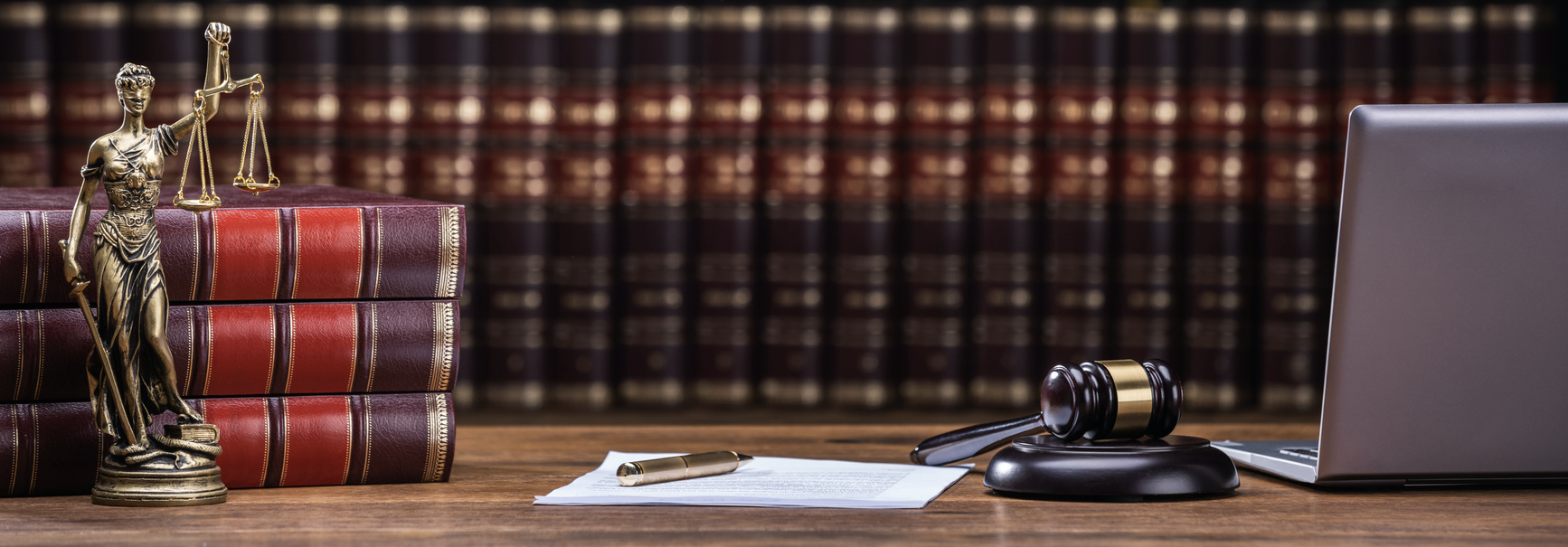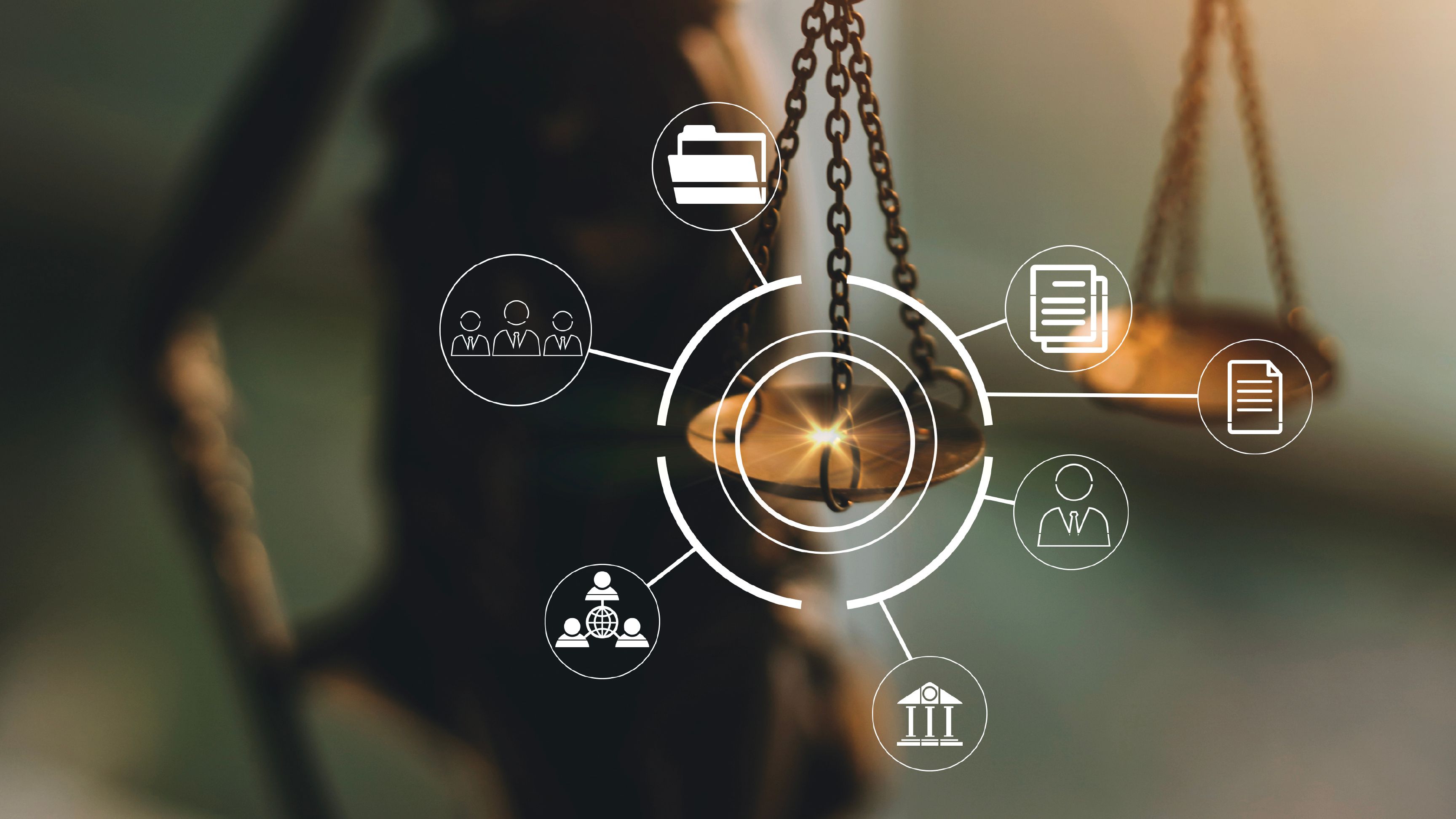
Blog
Remote hearings in the pre-pandemic world

Contrary to public perception, technology has always had a significant role within courts. Supportive technology is used as a matter of routine, and includes audio-visual links (‘AVLs’), e-filing, e-discovery, real-time transcription services, and the use of devices on the bench and at the bar table.
AVL technology in particular has been in use for decades, reaching ubiquity across various courts, globally. Legislation authorises the appearance by AVL for witnesses and parties, including criminal defendants, and is a matter for the primary judge’s discretion exercised in accordance with the circumstances of a particular case. In general, a direction to use AVL requires certain minimum technological requirements to be met. In certain courts three further restrictions exist, most significantly, that AVL is not to be used if it would be unfair to any party to the proceeding. Unfairness is a broad evaluative judgment that considers if there are issues relating to credibility, documents, technology, length of cross examination or availability of alternatives. Traditionally, in a criminal context, the physical appearance of self-represented prisoners during cross-examination is favored, while in civil matters, it has been held that viva voce evidence is preferable to evidence adduced using AVL. Judges are also accorded broad discretion to sentence over AVL, based on similar considerations such as the interests of justice and the reasonable practicability of using AVL. Generally, there are four well-established precedents for using AVLs: (1) for vulnerable witnesses, such as children; (2) for other witnesses, such as those in a foreign jurisdiction, to testify from a location outside the courtroom for cost-saving or convenience; (3) to link prisoners in correctional facilities to courtrooms to conduct remands, pre-trial hearings or bail applications; and (4) to provide ancillary services such as language interpreting or expert reports.
Vulnerable Witnesses
From their first deployment through CCTV to video conferencing today, AVLs have served the essential purpose of allowing vulnerable parties such as children or intimidated witnesses to give evidence in relation to sensitive matters. Early studies found children preferred giving testimony by AVL and were ‘significantly less unhappy, more audible and more forthcoming’, or less likely to cry, report fear, or describe the trial as unfair. Later studies confirmed that remote testimony can increase the confidence of victims in criminal trials when they described intimate experiences and lead to higher quality testimony. AVLs are also preferred over the alternatives of using physical screens, intermediaries, written submissions, or pre-recorded evidence, as it preserves judges’ ability to interpret demeanour, and witnesses can also still participate in the ‘warm-up’ of an examination in chief. Several courts have acknowledged that the remote witness facility provides a measure of comfort and security to victims, being highly utilised by over 2,050 witnesses in 2018. For other disadvantaged groups, AVLs can be useful where the structure and formality of the courtroom may otherwise be alienating. Not having to enter the foreign setting of a courtroom may assist in Indigenous Australians’ effective participation in the justice system; as they are ‘seen as another type of vulnerable witness’. Similarly, legislation empowers the use of AVL for ‘a cognitively impaired person’, as some research shows persons with mental illness can more easily become stressed and aggressive in a court environment and have negative ‘experience(s) of justice’ as a result.
Remote Participation
AVLs have also been recognised as a way to improve accessibility and expedite the administration of justice where distance, cost or poor health is an issue. The technology is used to facilitate remote appearances both domestically and internationally. In various countries, adoption of AVLs has been especially prevalent as it helps mitigate large geographical distances. The technology is used across all courts, up to and including the High Court, where it is often used for hearings of special leave applications and single Justice hearings; to lower courts, where there is the greatest concentration of use. In the face of a wider decline in Local Court circuit services, AVLs help minimise delay for regional participants and free up court resources by omitting the need for court staff to travel. Remote witness technology also allows evidence to be taken from overseas. Prior to the advent of AVL such testimony would need to be obtained through evidence on commission, including through The Hague Convention on the Taking of Evidence Abroad in Civil or Commercial Matters (‘Hague Evidence Convention’). The advent of AVLs allowed countries to skip the slow and cumbersome process of sending formal letters through diplomatic channels to achieve the Hague Evidence Convention’s requirements. It also eliminates logistical burdens such as visas, prevents forum shopping and is less environmentally harmful. While initially courts disapproved of overseas witness testimony where credit was an issue, this has become less of a concern with the availability of high quality AVL.
Prisoners
All jurisdictions have legislation allowing for an accused prisoner to appear in court by AVL, with certain matters such as adjournments, mentions, continuing remand and subsequent bail applications, even being encouraged. They are also used regularly for consultations between prisoners and defence solicitors. However, for more serious proceedings, most jurisdictions have a presumption in favour of a defendant’s physical appearance. Security was also a relevant imperative for using AVLs, as a way of mitigating risks associated with inmate movement between correction facilities or where court participants may be endangered in certain mafia-type trials. Some scholars have argued that AVLs are more humane for defendants in custody, as it avoids prison transport trips, strip searches and waiting in holding cells. In one study, many prisoners were happy to have their matter ‘over and done with quick as possible’; although others were still required to wait long hours before and after their AVL.
Ancillary Services
AVLs also facilitate access to services including interpreters and expert witnesses that might otherwise not be available on site at the court or tribunal. The role of an expert witness is to assist the court with technical and scientific expertise. Although expert evidence can be admitted into evidence by consent, it is often common, especially in criminal trials, for experts to give evidence either in-person or remotely using AVL. Because expert witnesses often lack availability, AVLs can help overcome delays arising from scheduling. However, some research has underscored that remoteness can reduce the quality of communication and lead to higher error rates with interpreting services or lower quality expert testimony.

